If you are an affiliate marketer on Pinterest, this episode is for you! A few episodes back Kate shared bad Pinterest marketing advice, and tactics she didn’t want you to fall into. Today she is telling you how to do good affiliate marketing, and sharing some technical pieces as well. So even though affiliate marketing is all the rage, and people think they can make six figures overnight (not the case most of the time!), Kate wants to share how to do it well with Pinterest.
Before diving into this episode, go back and listen to episode 367 if you haven’t yet! It’s all about the affiliate marketing tactic you shouldn’t be using.
But today we’re going to focus on how to do affiliate marketing on Pinterest well, and we’ll walk you through how to tag products in your pins.
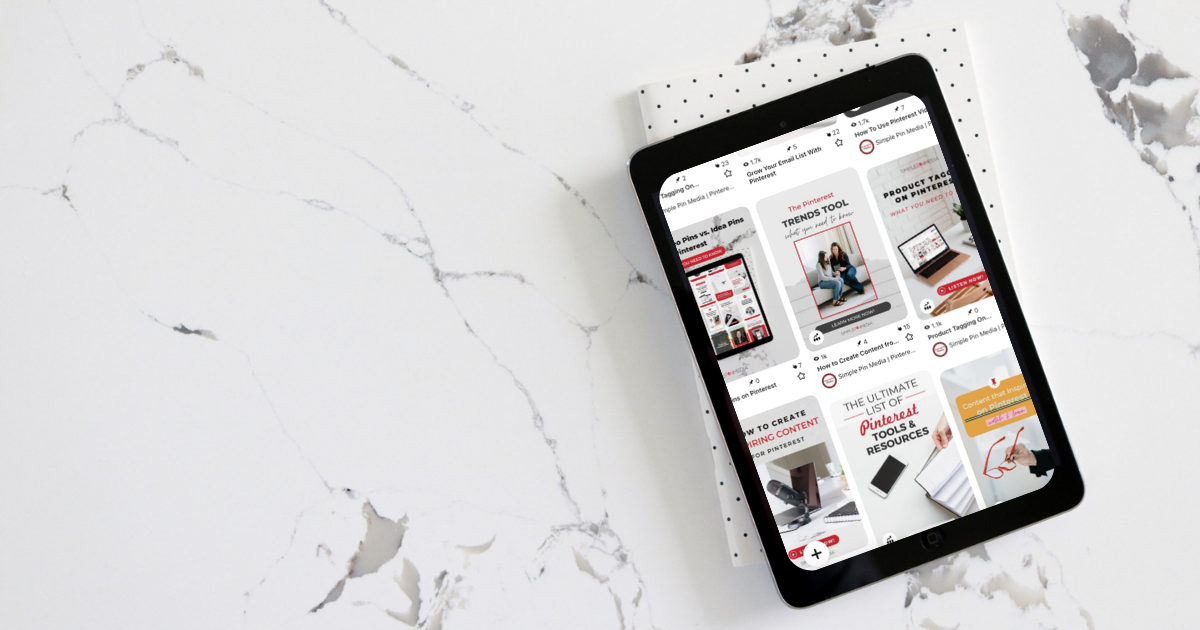
Pinterest Affiliate Marketing
First things first, affiliate marketing can be incredibly frustrating and you might come up against some roadblocks when jumping in. There’s a tech component to affiliate marketing tagging on Pinterest that’s going to probably leave you a little bit annoyed.
If you are an affiliate marketer who fills your site with affiliate links and your goal is to drive as much traffic to it to see what you can get, that’s a fine strategy, but be warned that it might not be the best strategy for Pinterest. With this strategy you are missing connection with Pinterest users. Pinners love to know who you are and what you are able. Great affiliate marketers on Pinterest curate connections with their audience. We’ve seen that affiliate marketers who skip that connection piece don’t see the same results as someone who takes time to build that trusted relationship with their audience.
Related: The Affiliate Marketing Tactic That Doesn’t Actually Work
Showing Value on Pinterest
To be successful with affiliate marketing on Pinterest, you want to make sure you are showing value on Pinterest. There are four different types of content that will get you the clicks that you are looking for. We believe these are some of the most powerful ways that you can get people to click on your affiliate link. This is where you strategically create content for Pinterest. When we say content, that either means content that lives on your website or short form video content. Both can be done, and capitalizing on both is really great.
Four ways you can show value on Pinterest:
Lifestyle content – Showing a product in action; could be your product or another product.
- We see this a lot on Instagram, but a lot of people don’t pull it over to Pinterest because they don’t think they’re supposed to show their face or get personal with their pinners. Keep in mind when Pinterest says to not get “super personal” with your pinners, they mean don’t talk about your day. If you’re talking about a few of your staple wardrobe items, this is categorized as lifestyle content. Pinterest sees a 32% higher click through rate than standalone products.
- Example: If you are selling a Spring coat, make sure you capture the coat in action. People want to see what that coat looks like out in the world; they want to see if on someone. They want to see where it lands on the leg, how it fits the shoulders, etc.. Try the coat on, snap a photo or video, and upload to Pinterest.
Tutorials – Showing how a product works.
- Tutorials are great for blog posts and videos. Infographics are another way to capitalize on this kind of content. However if you do this, make sure you don’t give too much away. You want people to visit your site, remember? Make sure you leave them wanting more so they click over to your site.
- Example: “How to Wash Your Face at Night” or “How to Build a Backyard Fire Pit”.
Product Reviews and Comparisons – Telling you how a product works or compares to others.
- Product reviews and comparisons are popular in the weight loss sphere. Be aware that Pinterest is very careful when it comes to weight loss content. Weight loss is not going to get you seen. It’d be better to use “healthy lifestyle” or “healthy habits”. So pay attention to the keywords you are using if this is your niche.
- Example: Someone shows you a before and after of their beauty routine; how their face compares now to when they started implementing the product.
Match Trends – What products are currently popular and trending.
- Do your keyword research and keep an eye on the Pinterest trends tool and Pinterest predicts.
- Pinterest predicts is a annual report that Pinterest puts out. We have a podcast episode about that. These are things that Pinterest predicts will trend in 2024. If any of those products are adjacent to your products, absolutely be using these trends.
How To tag Affiliate Products
When uploading pins on mobile, you will be able to tag your products upon upload. Desktop tends to be trickier. You can’t tag when you upload, you can only tag by going back and editing your pin.
To add a tag on desktop:
- Click the shopping bag icon in the upper left corner of the pin.
- Click the plus button and add your product/affiliate link.
- Do this for each product you’d like to tag. Simple Pin recommends no more than 5 links per pin.
Note: Desktop can be glitchy. You may only be able to tag one product per pin, or you may be able to tag more.
One of the misleading parts of affiliate product tagging is that people believe they can put up as many links as possible and make money. The problem is that people have to find value in the original pin. So a good rule of thumb is if you are doing something that is generating a lot of engagement and people are already asking you for the link, put the link on there.
Before tagging as many affiliate links as possible, ask yourself “Do these links help them?” or “Do they guide them in the right direction?”
Related: How To Tag Your Products on Pinterest (watch this if you are a visual learner!)
Have You Tried Product Tagging? Tell us!
That’s it! Here at Simple Pin, we believe everybody should try affiliate link tagging on their Pinterest pins. See how it works. It’s all about testing, and making it work for you. Like most things with Pinterest.
Let us know in the comments if you’ve tried affiliate linking and what has and hasn’t worked for you.
More Resources for Pinterest Marketing:
Marketing Your Products on Pinterest
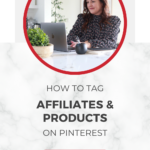
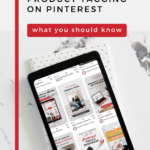

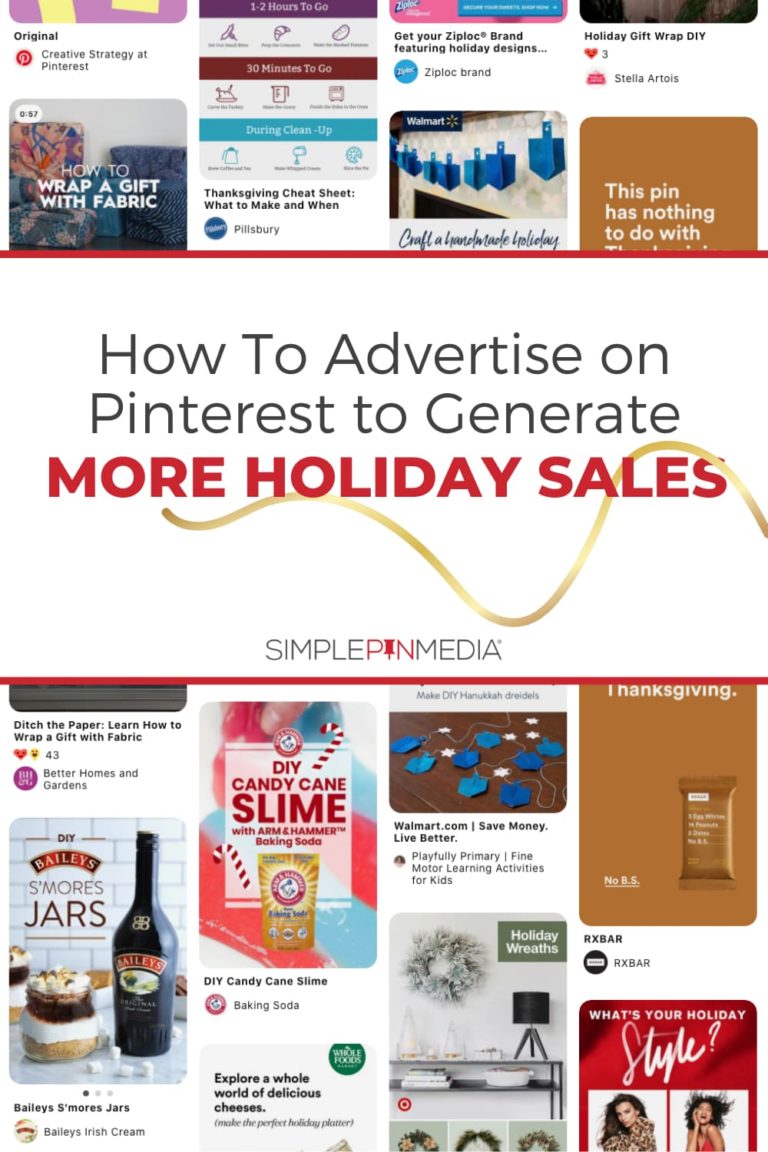


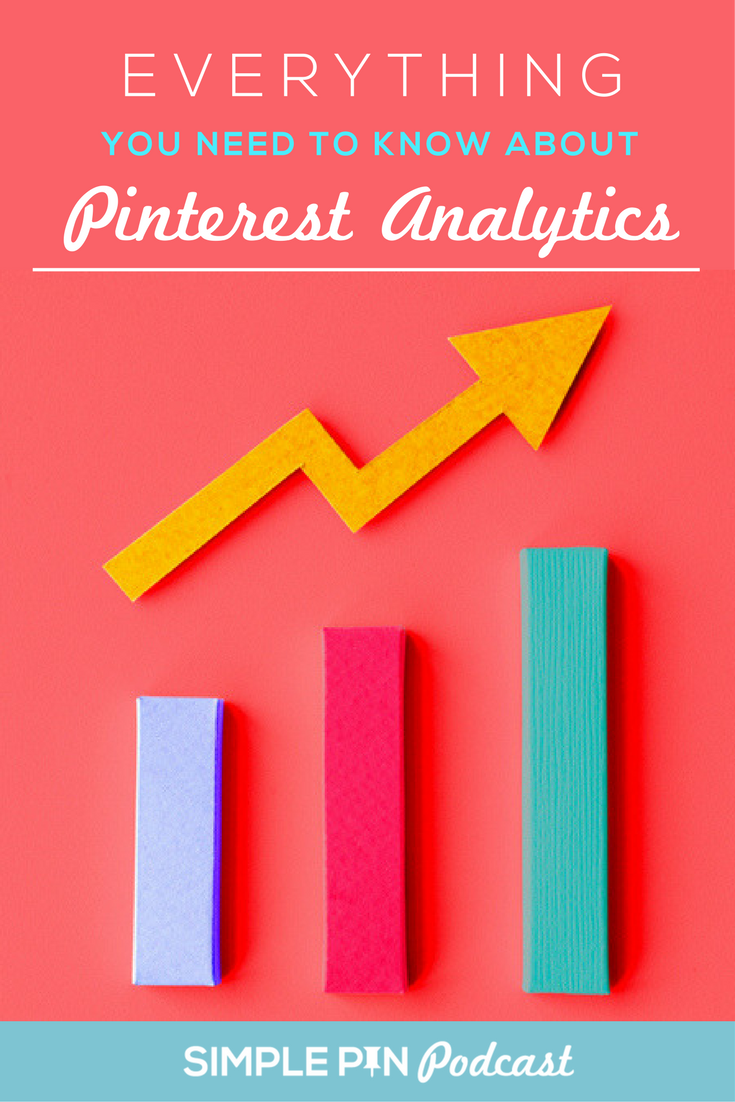


Hi Kate, I found this episode really helpful, thanks!
I’m a blogger and Amazon influencer, so it’s natural to post Pins of the products I already took a lovely photo of for my blog, and to upload the shorter videos I created anyway about certain products that people in my niche enjoy. I’ve been slowly incorporating Amazon affiliate links into the Tag Product (not the Link field) on Pinterest. I can’t say it’s converting well yet, but I do like curating finds and helping people find new products to enjoy in my niche. I’m careful not to spam and post 80%ish of comment without affiliate links, and post only a few times a week.
In the influencer forums and discussion groups, several people keep spreading the tale that “It’s against the rules!” to use Amazon affiliate links on Pinterest (they claim it’s against both Amazon and Pinterest rules). I don’t see anything in the Amazon TOS about Pinterest not being ok, and Pinterest creating the new affiliate disclosure flag and Product tag tool makes me pretty confident it’s ok with Pinterest. Help?
Hi Carrie!
Glad you found the episode helpful! Your approach to incorporating affiliate links on Pinterest seems thoughtful and balanced. From what you’ve mentioned and from what we know on the matter – you are not violating any rules! Just keep doing what you’re doing, and be sure to follow the official terms of service.
Happy Pinning!